A simplified cloud model adjoint
Adjoint of a parameterized moisture convection model
Robert G. Fovell
Meteorology and Atmospheric Physics (in press)
Clicking opens figure into its own window.
Figure 10 - Instantaneous mature phase vertical profiles
of ground-relative horizontal wind, taken
at a location 20 km upstream of the surface gust front
position for an ARPS model simulation and PM model runs made without and with a "convective sponge" term. Also shown is the initial, undisturbed
wind profile. The FO-MOD sounding was derived
from Fovell and Ogura's (1988; "FO") initial environment, used
in the ARPS run. Note that the PM runs did not employ the sounding in Fig. 1.
After Fovell and Tan (2000).
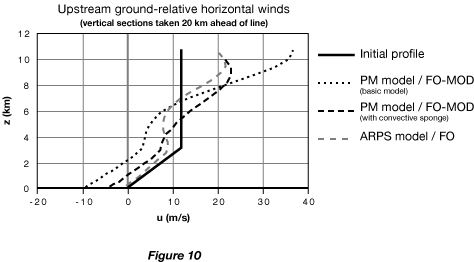
Figure 11 - Control (shaded) and adjoint sensitivity
(contoured) fields of perturbation potential temperature for: (a) the lower tropospheric aspect at 5500 sec; (b) the middle tropospheric aspect at 5500 sec; and (c) the middle tropospheric aspect at 3500 sec. See Fig. 2c for locations of these aspects.

Figure 12 - Perturbation fields of potential temperature (shaded; K) and horizontal velocity
(3 m s-1 contours) for a typical explicit moisture simulation, made using ARPS and the FO sounding. Updraft outline is w = 1.75 m s-1. Color table chosen emphasizes the small cooling residing at and upstream of the leading edge.
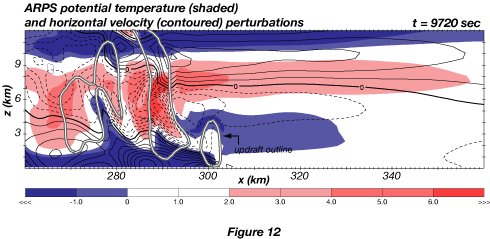
Figure 13 - Control (shaded) and adjoint sensitivity (contoured) fields from a no-cloud cloud model (NCCM) simulation made with the FO sounding, showing: (a) perturbation horizontal velocity with initial forecast location superposed; and (b) perturbation potential temperature and sensitivity (0.1 K s m-1 contours).
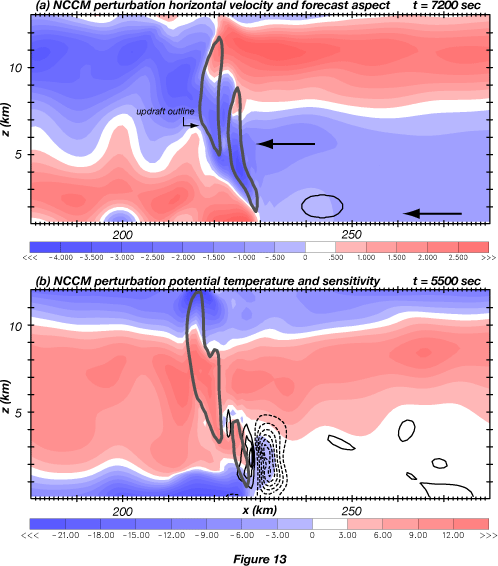
Figure A-1 (left) - Schematic illustrating the leapfrog scheme in the forward TLM and adjoint models.
Figure A-2 (right) - Schematic illustrating why odd and even time steps in the adjoint integration do not separately yield full solutions for steps between the initial and final times when the leapfrog scheme is employed.
Previous page
Go back to home
page
Page created January, 2004, by
 Robert Fovell
Robert Fovell

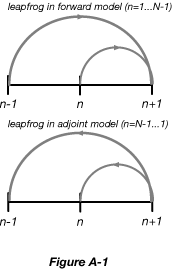
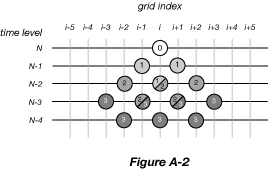
![]() Robert Fovell
Robert Fovell